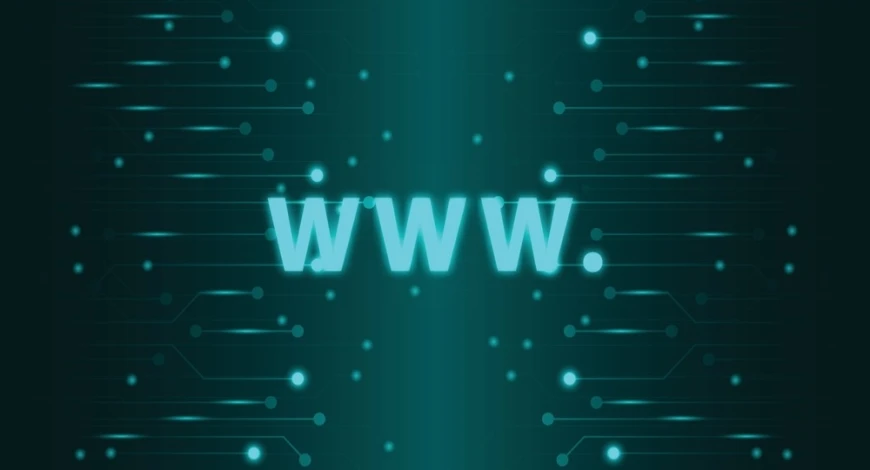The Importance of Software Integration in Web Development
Competitive advantage today comes from orchestrating a whole digital ecosystem, not a single app. The backbone of that ecosystem is software integration. A well-designed, secure strategy multiplies value across data integration, workflow automation, real-time notifications, and customer experience. This guide covers api-first planning, event-driven architecture, microservices, consumption via rest/graphql/grpc, webhooks and queues, plus security and observability—so you can build a scalable, sustainable integration roadmap.
Why Integrate? Strategic Impact
Teams run multiple SaaS and on-prem systems—CRM, ERP, e-commerce, marketing, logistics, billing, identity. Software integration aligns them under a shared language, reducing re-keying and boosting decision speed.
- Single source of truth for customer and order data.
- Operational efficiency via automation.
- Real-time sync for stock, price, and shipment status.
- Revenue & satisfaction through smooth onboarding and checkout.
Measurable OKRs
- Cut CRM–commerce sync latency by 70%.
- Eliminate manual CSV/Excel transfers; save 120 hours monthly.
- Reduce integration-related tickets by 40%.
Architectural Principles
Start with api-first contracts (OpenAPI/JSON Schema), aim for loose coupling and high cohesion, and accelerate delivery with CI/CD.
Monolith → Modular → Microservices
- Monolith: Quick start; rising maintenance later.
- Modular monolith: Clear boundaries, easier extraction.
- Microservices: Independent scale; manage discovery and observability.
Integration Styles
Choose synchronous (REST/GraphQL/gRPC) or asynchronous (queues, event streaming, webhooks) by latency tolerance, consistency, burstiness, and fault isolation.
REST vs GraphQL vs gRPC
- REST: Simple CRUD and caching.
- GraphQL: Solves over/under-fetching with typed queries.
- gRPC: High-performance binary RPC for service-to-service.
Event-Driven Architectures
Model business events like OrderCreated and PaymentCaptured; use Kafka or RabbitMQ; keep consistency with the saga pattern.
Patterns: Webhooks, Queues, ETL/ELT, ESB, iPaaS
- Webhooks for push-style notifications.
- Queues for durability and backpressure.
- ETL/ELT for batch analytics pipelines.
- ESB for transformation/orchestration governance.
- iPaaS for low-code flows and fast POCs.
Identity, Security, Compliance
Adopt zero trust, OAuth2/OIDC, mTLS, and an API gateway. Use scopes/claims, rate limits, WAF, and allowlists. Meet GDPR/KVKK with minimization, masking, encryption, and audit logs.
Resilience & Performance
- Circuit breakers, retries with backoff, idempotency keys.
- Caching at edge/app layers.
- Observability via metrics, logs, traces and correlation IDs.
Data Quality & Schema Evolution
Validate contracts, manage schema evolution, use CDC for incremental loads, maintain an event schema registry and backward tolerance.
Testing & Rollouts
- Mock servers, contract tests, staging environments.
- Canary and gradual rollouts; rollback plans and feature flags.
Identity & Multi-Tenancy
Support enterprise SSO (SAML/OIDC), RBAC/ABAC, auditability, and data isolation for multi-tenant deployments.
Client-Side Integrations
- SDKs/widgets with version control.
- Developer docs, samples, Postman collections, error catalogs.
- Sandbox data and rate limit policies.
Scenario: Commerce–CRM–ERP
OrderCreated triggers CRM scoring and ERP stock reservations; when PaymentCaptured, shipping labels and marketing webhooks fire. Make operations idempotent and retry-safe.
Execution Roadmap
- 30d: Inventory, dependency matrix, risk/benefit map.
- 60d: API gateway, auth, baseline event bus, critical POCs.
- 90d: Observability, contract testing, sandbox & docs.
- 180d: Broaden EDA, iPaaS/ESB, schema registry, analytics.
Done right, software integration upgrades a product into a platform. With api-first, EDA, secure identity, observability, and resilience, your integration backbone adapts to market change and differentiates you from competitors.
-
 Gürkan Türkaslan
Gürkan Türkaslan
- 8 September 2025, 14:13:20
 English
English



